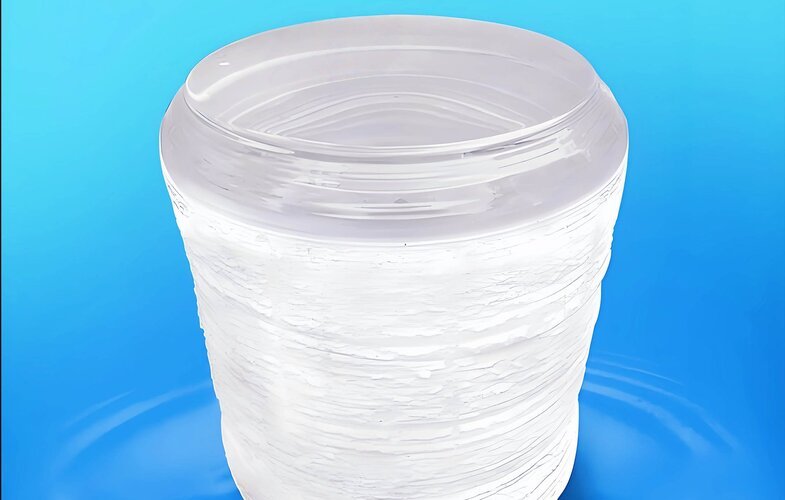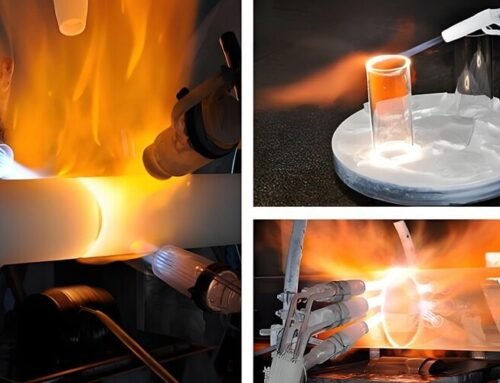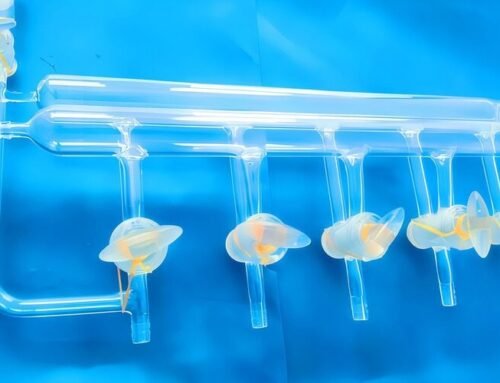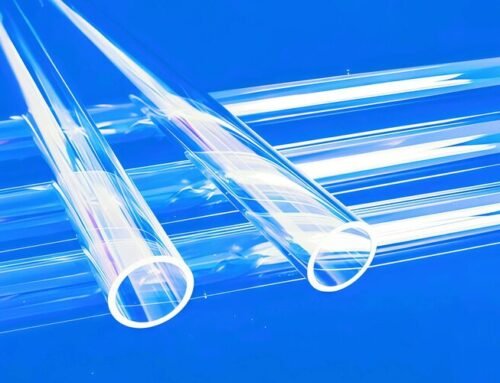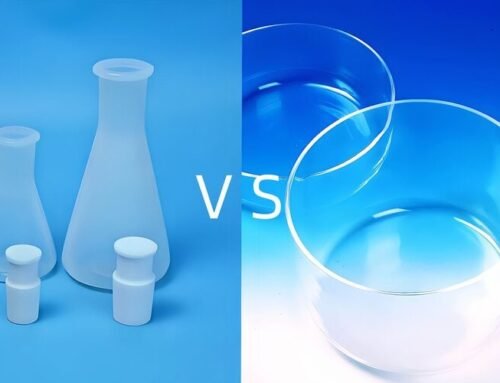- Improve the technology ofpurifying raw materials
Natural raw materials inherently contain varying levels of impurities, necessitating the purification of quartz ore utilized in industrial applications. In China, numerous pegmatite deposits rich in silica exist; however, these minerals are often dispersed and small-scale, leading to significant impurity content and unstable quality within the ore. This variability complicates the purification processes for quartz sand. Therefore, it is imperative to investigate methods for effectively eliminating inclusions and impurities from quartz sand or consider alternative silicon-containing materials as substitutes.
- Improve the technology of processing
During the high-temperature melting process of high-purity quartz sand, structural defects such as bubbles, particles, streaks, internal stress, and hydroxyl groups may arise; thus subsequent enhancements through high temperature homogenization, precision annealing, and dehydroxylation are essential.
High temperature homogenization
The process of high temperature homogenization is the dissolution of heterogeneous particles (such as unmelted quartz particles and bubbles) and the diffusion of molecular ions (such as metal impurity ions and hydroxyl groups). The technological parameters of high temperature homogenization mainly include temperature, pressure, homogenization time, etc. Quartz glass can effectively improve its structural uniformity and performance stability at suitable temperatures and pressures.
High temperature homogenization can effectively eliminate large bubbles exceeding 10mm, small bubbles below 50μm, smaller particles and stripes in quartz glass, and achieve a more uniform distribution of hydroxyl. However, high-temperature homogenization is not an effective method for eliminating thermal stress in quartz glass, which can only be achieved through precision annealing.
Annealing
During the cooling and melting processes of quartz glass, the temperature differential between the interior and exterior will generate thermal stress. The presence and uneven distribution of stress will significantly impair the optical uniformity, mechanical strength, and structural stability of quartz glass. The precision annealing process can eliminate or reduce the thermal stress to an acceptable level, improve the uniform of density and refractive index of fused quartz glass that can be affected by temperature differences, and enhance the overall properties of the material.
The most significant factors influencing the annealing process are the annealing temperature, heating and cooling speed, and holding time. Each of these parameters affects the degree of internal stress removal in quartz glass. The thermal stability of quartz glass is favourable, thereby limiting the impact of temperature rise. The most crucial factors are the annealing temperature and holding time, which can ensure the elimination of internal stress in quartz glass to facilitate the consistency in the internal structure of quartz glass. The cooling stage is controlled to prevent the occurrence of secondary stress.
Dehydroxylation
The hydroxyl group mainly appears in the quartz glass prepared by electromelting process and hydrogen-oxygen flame. The hydroxyl group in the quartz glass prepared by electromelting process is primarily attributed to the water carried by the residual inclusions in the quartz powder. The hydroxyl group in electromelting quartz glass is derived primarily from fluid inclusions present in high-purity quartz sand, and the hydroxyl group in this material is relatively minor and metastable, rendering it susceptible to removal through heating.
The hydroxyl group in quartz glass prepared by a hydrogen-oxygen flame is predominantly derived from the hydrogen-oxygen flame. Hydrogen and water can easily react with the oxygen in silicon dioxide to form hydroxyl group. The hydroxyl group in this material will not begin to decrease until it is exposed to high temperatures. Therefore, it is essential to dehydroxylate the material under high-temperature vacuum conditions.
The high-temperature vacuum dehydroxylation process involves placing quartz glass into a closed heating chamber of a dehydroxylation furnace. The internal pressure is first vacuumized to 5×10^(−1) to 5×10^(−4) Pa, and then the temperature is gradually increased to 950 to 1250°C. During the heating process, the maximum gas discharge occurs at temperatures between 400 and 500 degrees Celsius, accompanied by a decrease in vacuum degree. At this point, the heating should be stopped. Once the vacuum degree reaches the set temperature, the heating should be continued to maintain a constant temperature for 5 to 20 hours, while maintaining the vacuum at a pressure of 5×10^(−1) to 5×10^(−4) Pa. After cooling, normal pressure was restored and samples were removed. Furthermore, the dehydroxylation effect of quartz glass is influenced by the purity of the raw material and the preparation process.
In brief, during quartz glass production, it is possible to make adjustments and stabilization of process parameters, to guarantee the subsequent processing. The subsequent processing phase, which involves annealing, fire polishing, dehydroxylation and other thermal processes, is highly effective at eliminating impurities, gases, and reducing crystallization, bubbles, and other defects, thereby significantly enhancing the quality of the quartz products.
